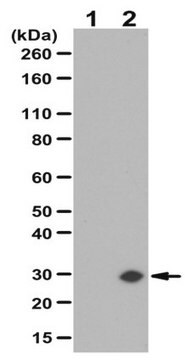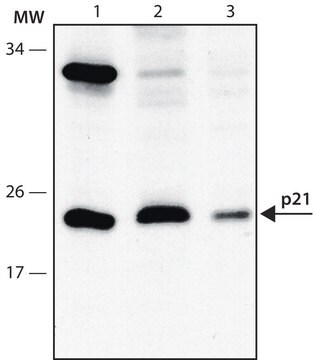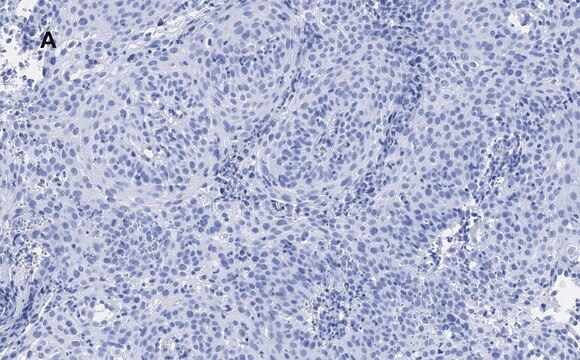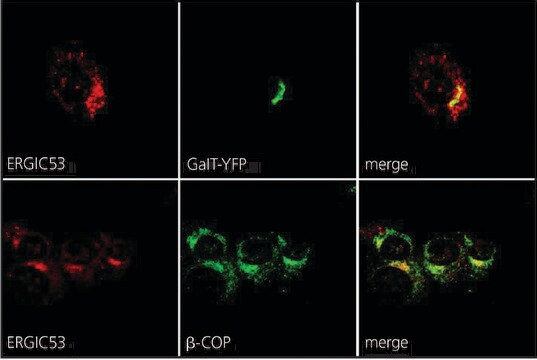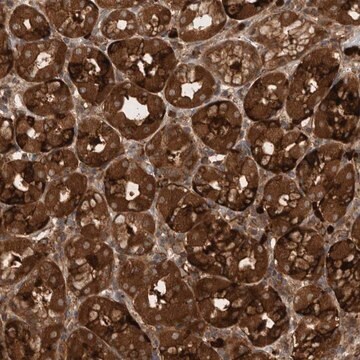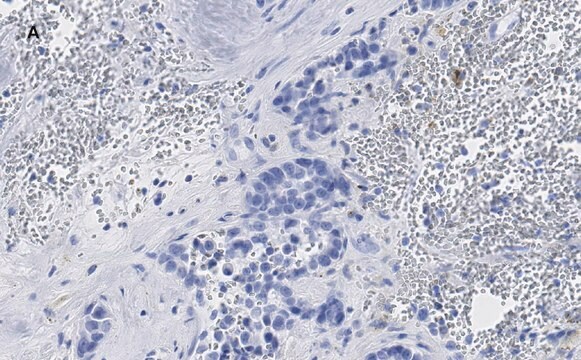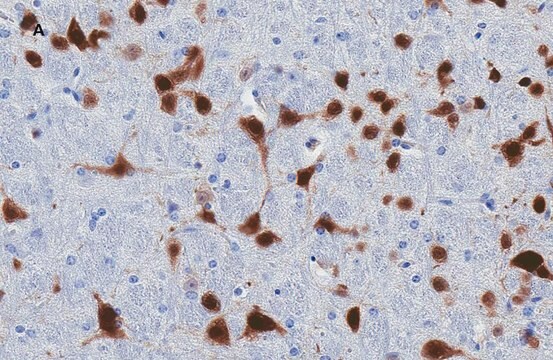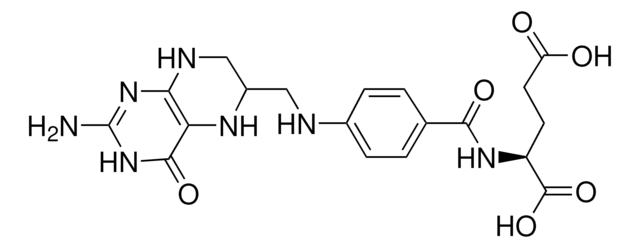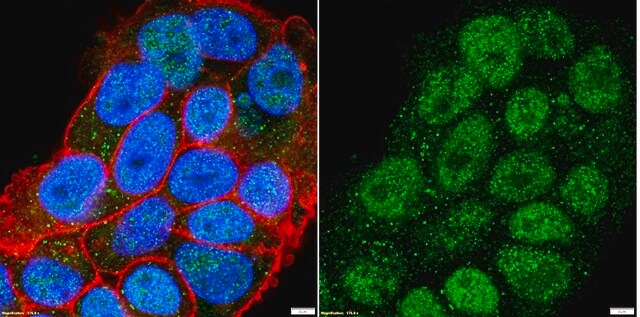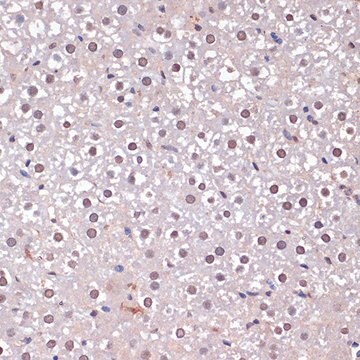G6916
Anti-GADD153 antibody produced in rabbit
affinity isolated antibody, buffered aqueous solution
Synonym(s):
Anti-CHOP-10
About This Item
Recommended Products
biological source
rabbit
Quality Level
conjugate
unconjugated
antibody form
affinity isolated antibody
antibody product type
primary antibodies
clone
polyclonal
form
buffered aqueous solution
mol wt
antigen 29 kDa
species reactivity
human
technique(s)
immunocytochemistry: 5-10 μg/mL using Hela human cell
microarray: suitable
western blot (chemiluminescent): 1:200-1:400 using whole cell extract of HEK-293 over-expressing GADD 153.
UniProt accession no.
shipped in
dry ice
storage temp.
−20°C
target post-translational modification
unmodified
Gene Information
human ... DDIT3(1649)
rat ... Ddit3(29467)
General description
Immunogen
Application
- nuclear and cytoplasmic fractions extracted from rat insulinoma (INS) cells to study CHOP Expression in response to ER stress
- whole cell lysates prepared from ER stress induced rat pancreatic tissues
- whole cell lysates prepared from ER stress induced pancreatic insulin-producing cells
It is suitable for immunocytochemistry at a working concentration of 5-10μg/mL using Hela human cell and microarray. It is also suitable for western blotting at a working dilution of 1:200-1:400 using whole cell extract of HEK-293 over-expressing GADD 153.
Biochem/physiol Actions
Physical form
Disclaimer
Not finding the right product?
Try our Product Selector Tool.
Storage Class Code
12 - Non Combustible Liquids
WGK
nwg
Flash Point(F)
Not applicable
Flash Point(C)
Not applicable
Choose from one of the most recent versions:
Already Own This Product?
Find documentation for the products that you have recently purchased in the Document Library.
Our team of scientists has experience in all areas of research including Life Science, Material Science, Chemical Synthesis, Chromatography, Analytical and many others.
Contact Technical Service